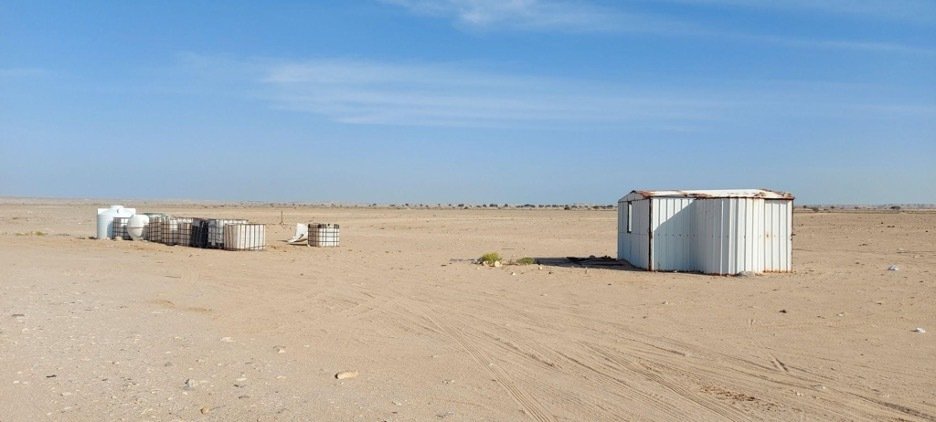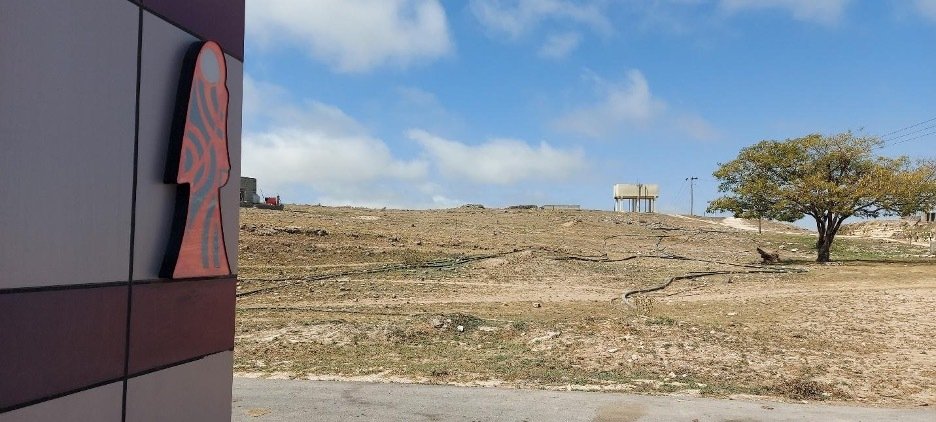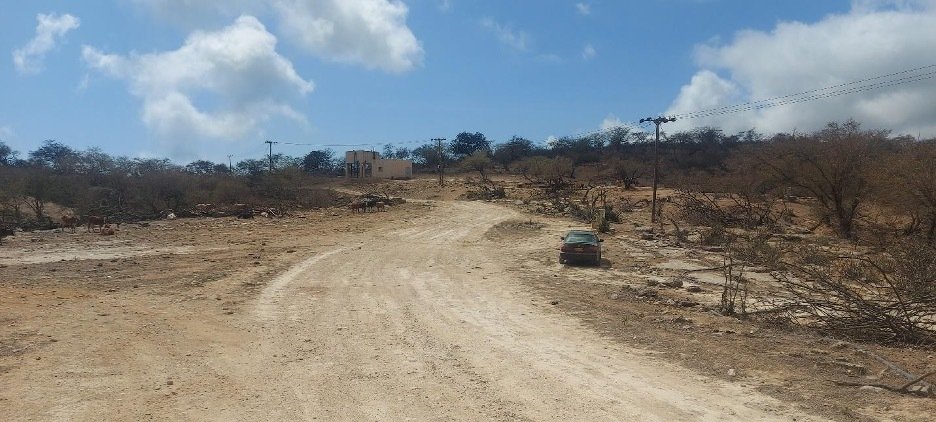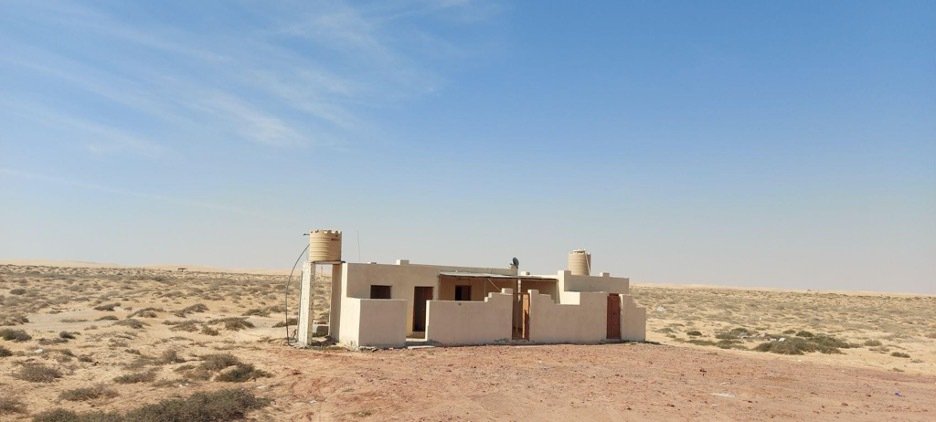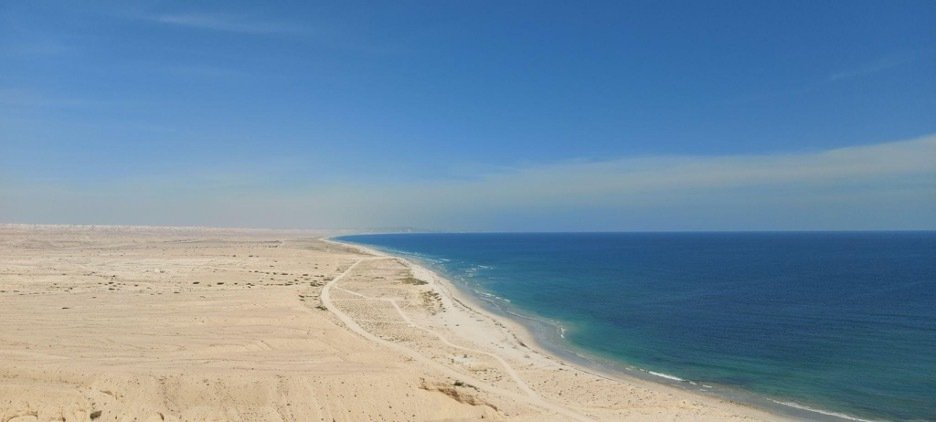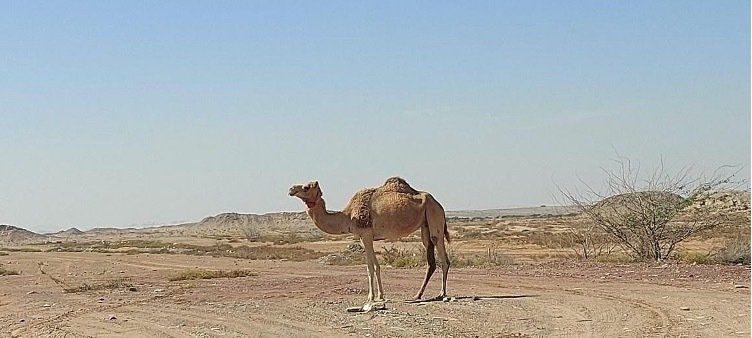Greetings from Oman!
Our first Global Notebook series of 2024 will follow Shauna Curry, CAWST CEO; Suneel Rajavaram, CAWST Senior WASH Advisor; and Dan Meeking, CAWST Senior Director Digital Services. Their work will take them through India where they'll connect with and learn from our training partners in the region, exploring both ancient and modern water technologies and innovation.
However, before we get to India, we want to start by sharing about a personal trip Shauna took to Oman to learn about ancient water technologies—a personal passion of hers.
While we’ve never covered a personal trip before with Global Notebook, it sets the stage for a series that explores the innovation behind both ancient and current water systems. Many ancient technologies can be catalysts for solving current water challenges and have inspired many of the systems we see today. We hope you enjoy Shauna’s experiences in her own words:
In my first year of engineering, my father would collect engineering articles for me to read. I would be greeted by newspaper clippings, pages from magazines and excerpts from journals. Always, there would be handwritten notes from my dad.
An article that stood out was on ancient technologies still in use (I wish I’d kept that article). Our role as engineers is to discern the most appropriate technology or practice, from the most ancient to the newest innovation; and innovation is often adaptation of existing solutions.
A few decades later, I’m still fascinated by time-tested methods, developed across various civilizations through new research and the innovative use of digital technology. The escalating challenges of climate change underscore the need for sustainable water management. Ancient water technologies, particularly those from arid, water scarce regions, offer valuable lessons.
Our first Global Notebook series of 2024 starts by taking a look at a few of these from my personal trip to Oman and India. Our notes are a little like the ones that my dad would send me—it was one way to connect with me and let me know that he was thinking of me.
Our Global Notebook series is one way for us to connect with you, let you know we are thinking of you and that we're excited to showcase the people we meet. As well as educate you on water challenges and solutions for now and the future.
Water—a scarce resource in Oman
Everywhere there are water tanks on the side of the highway, seemingly in the middle of nowhere within the vast desert. It seems that they are strategically placed for herders or villagers from towns.
On a hillside, we see a water tank that has been filled by a water tanker—note the hoses running to buildings, down the hill. The red building is a new washroom for the community.
In front of the abandoned car is a filling station, where we presume villagers in the remote town about 20 km away, down a steep road, come to collect their water. The beige building is a water tank that needs be filled by water tankers (the blue vehicle).
Water tank design on most rooftops mimic the ancient forts that pepper the coastline of Oman. This home is surrounded by vast desert off the highway.
A lot of ocean—the main source of Oman's water
Oman is a maritime country, with a long history of connection to the ocean. Now, desalination plants provide the main source of water to Oman.
... and a lot of camels!
It's amazing to see camels in these locations where there is almost nothing, grazing on low lying brush with no water to be seen. Fun fact—the United Nations (UN) declared 2024 the International Year of the Camelids.
Wrapping up on ancient water solutions
Ancient water technologies like Oman's Aflaj irrigation systems, stepwells in India and many other examples from other regions, may offer ideas for sustainable solutions for water management in today's climate crisis.
Oman’s Falaj irrigation systems date back to 500 AD are UNESCO-recognized channels that transport water from underground sources to communities and farm. Its design maximizes efficiency and minimizes evaporation, crucial in Oman's hot, dry climate. It also provide equal distribution of water that involves communities to take part in water management—an important aspect in building resilience in the face of climate change.
That's a wrap on Oman! Our next blog in this series will take us to India on an official CAWST trip, joined by two colleagues, Suneel and Dan. Together, we’ll be visiting and learning with training partners in the region and look forward to sharing more about both ancient and modern water and sanitation technologies.
This blog is a republished version of our Global Notebook e-series. Be the first to get an exclusive inside look into our work abroad and feel like you're there alongside us. Subscribe to Global Notebook to get real-time updates straight into your inbox and hear our stories before anyone else. Travel with CAWST’s Global Advisors as they bring water and sanitation to communities around the world. Subscribe now.

